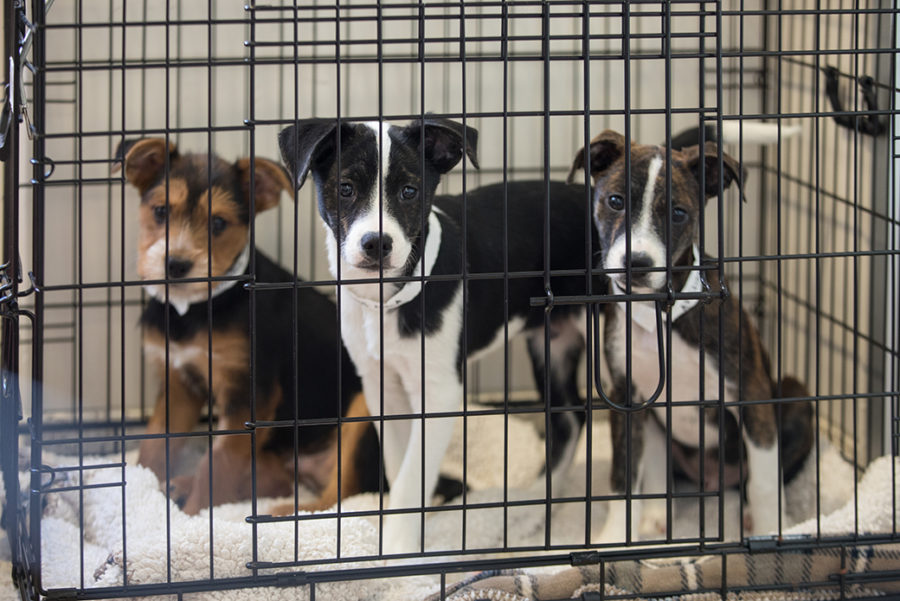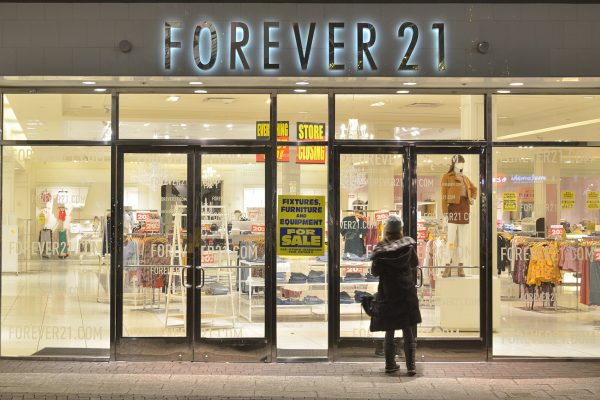Pet Adoptions Amidst the Pandemic
Admist the pandemic, there has been a wave of pet adoptions.
Among several increases during the pandemic including poor physical and mental health, dry eye cases, and people stocking up on home supplies, the rising number of pet adoptions also stands. After the outbreak of COVID-19 which caused millions of people to stay at home, shelters and pet stores received a wave of demands for new puppies, kittens, and other furry friends. Although pets have been adopted into new families, filling up the emptiness of humans’ homes, it also raises a question of what will happen to the adoptions as a result once the stay-at-home order is completely lifted again.
Though the sudden urge to buy a new companion varies from person to person, the most obvious reason ties in with how people feel lonely being isolated at their homes for most of the time. According to a statistical report by PetPoint, the “estimated national adoption rate of [was] 58% at the beginning of the month, jumping to 85% by the end of the month.” Similarly, the Washington Post states, “Some rescues were reporting dozens of applications for individual dogs. Some breeders were reporting waiting lists well into 2021.” People working in these adoption centers found themselves busier than ever, attempting to accommodate the interests of people all over the U.S. who found that the pandemic was the perfect time to test their skills as proud pet owners. And even with the social distancing rules, those who wished to adopt were able to communicate online to meet the potential pets who would ease their loneliness in the pandemic. The Washington Post also adds, “As organizations have switched their in-person adoptions to virtual meet-and-greets, they also are competing with rescue groups in other parts of the country to bring in animals…”. The popularity of pet adoptions has turned the seemingly friendly and tranquil adoption industry into a competitive, high-demand market. Shelters busied themselves as they received more calls and booked appointments from people who were interested in adopting.
On a positive note, there has been an influx of good news from the high number of adoptions. Because so many people have adopted, ShelterAnimalsCount was able to report that the rate of euthanasia, a process where a pet is killed painlessly due to age, weakness, the lack of space in shelters, and other factors, lowered by 43% because so many pets were able to find homes. There have also been more cases of homeless dogs and cats making it out alive from the shelters, decreasing the numbers of stray animals off the streets. Another plus from the rise of adoptions is the well-being of humans. According to the authors of Nature, “Interactions with animals may help with depression and anxiety, particularly under stress-prone conditions. Human-animal interactions may even improve peer-to-peer social relationships, as well as enhance feelings of respect, trust, and empathy between people…”.
However, along with the good, comes the bad. Because of the high rates of adoptions, it is speculated that once the pandemic is fully over, people will lose the patience, time, and responsibility to take care of their pets. The same report by Nature states, “A dramatic increase in dog abandonment could potentially occur due to COVID-19 related health”. This would put pressure on economic and social stresses, becoming a public health risk and even cause high costs to take care of the situation. The other downside is that many people are uneducated when it comes to buying pets. Often, people tend to buy from sellers who work for inhumane puppy mills that force dogs to have litter multiple times and often put them in cramped, unsanitary spaces. The increased numbers of people looking for pets could cause more support in keeping the puppy mills running.
However, despite a nationwide increase, specifically in the Bay Area and local shelters, it has been difficult to adopt because of COVID-19 restrictions. Some local shelters in the Bay Area such as SVACA and Humane Society Silicon Valley (HSSV) enlighten communities on what has gone on in their shelters in these times. SVACA states that currently, “Due to COVID-19, SVACA is adopting animals through a virtual and contactless process.” Potential owners first meet their pet through a computer screen. Therefore, although there has not been a surge in adoptions here, there have been other noticeable and positive changes from the SVACA. Whereas 169 pets were euthanized in 2019, 76 were euthanized in 2020. SVACA states, “ In 2020, 98% of the animals received at our cageless Animal Care Center were saved.” HSSV also added a 2020 Year-End Matching Challenge to fund and save animals during the rough year. Because of the pandemic, virtual pet meetings and funding have also been used popularly. The County of Santa Clara Animal Services urges people to adopt rather than going to pet stores and unreliable breeders: “You are giving a pet a second chance to live in a loving and caring home. Our adoption fees save new pet owners money.” Not only is it humane, but also economically sensible to adopt. Esti Yeung, an HSSV adoptee was able to take in two new pets and foster another one during COVID-19 and describes how she was “overjoyed” by this experience of having new furry friends. As Yeung did, one can expect a sense of responsibility, companionship, and loyalty from adopting at a local shelter.






